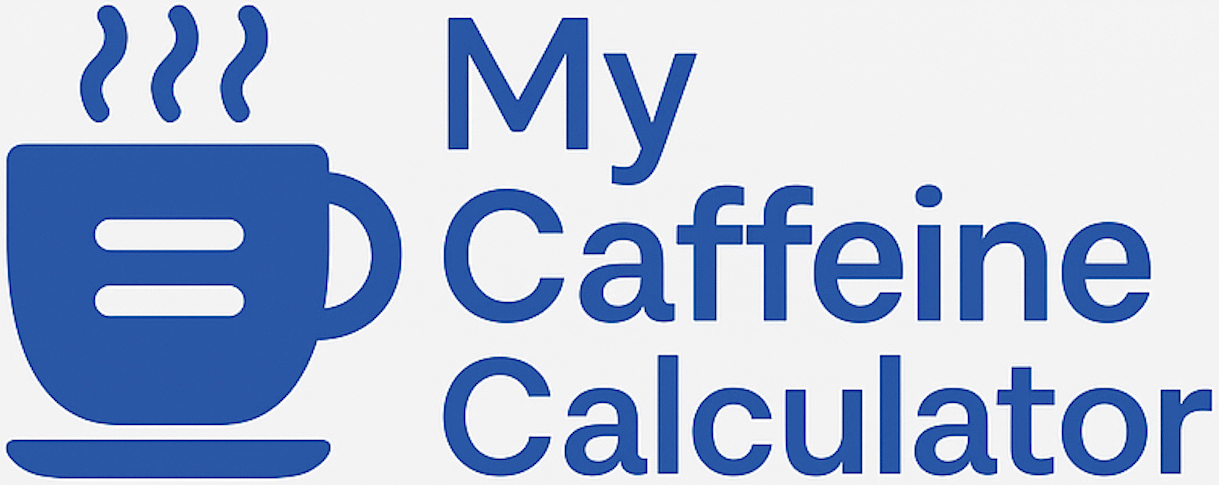Introduction: Why Convert KJ to mg for Caffeine?
If you’ve ever picked up an energy drink or supplement in Australia, you’ve probably noticed something strange: instead of clearly listing milligrams (mg) of caffeine, some labels use kilojoules (KJ) or list caffeine as part of “energy per serving.”
For anyone tracking their daily caffeine intake, this is confusing. That’s where a KJ to mg Caffeine Calculator comes in. It converts kilojoule-based energy values into milligrams of caffeine, so you know exactly how much caffeine you’re consuming.
👉 Try it now: KJ to mg Caffeine Calculator
Understanding the Units: KJ vs mg
Before we get into conversions, let’s break it down:
-
KJ (kilojoule): A unit of energy. Food labels in Australia, NZ, and Europe often list energy in kilojoules.
-
mg (milligram): A unit of mass. Caffeine content worldwide is usually listed in mg.
The problem: caffeine doesn’t “burn” energy like carbs or fat. Instead, it stimulates your nervous system. So when you see energy values in KJ, they’re referring to calories, not caffeine. That’s why conversions need context.
Why Do Some Drinks Show KJ Instead of mg?
-
Australia and New Zealand food labels emphasize kilojoules as part of nutrition law.
-
Some companies list “energy” (in KJ) instead of “caffeine mg,” which misleads consumers.
-
Many energy drinks hide caffeine amounts under “proprietary blends.”
This creates a need for calculators that translate labels into actual caffeine milligrams.
The Science: Estimating KJ to mg for Caffeine
Here’s the tricky part: caffeine itself has almost no calories (1 gram = ~4 calories = ~16.7 KJ). So when you see 500 KJ on a drink label, that’s not from caffeine — it’s from sugar, carbs, and other ingredients.
But in Australia, some drinks still associate caffeine with energy contribution, leading people to Google “KJ to mg caffeine calculator.”
The rule of thumb:
-
1 mg caffeine ≈ 0.004 calories (≈ 0.0167 KJ)
-
So 100 mg caffeine ≈ 1.67 KJ of energy
Clearly, this energy is negligible. That’s why caffeine should be measured in mg, not KJ.
Our calculator works by combining published caffeine data with KJ labels to show real caffeine content.
Examples: Energy Drinks in Australia
| Drink | Serving Size | Label (KJ) | Actual Caffeine (mg) |
|---|---|---|---|
| Red Bull (AU) | 250 ml | 460 KJ | 80 mg |
| Monster Energy (AU) | 500 ml | 960 KJ | 160 mg |
| V Energy Drink (AU/NZ) | 250 ml | 460 KJ | 78 mg |
| Mother Energy (AU) | 500 ml | 1060 KJ | 160 mg |
Notice how the KJ value mostly reflects sugar, while caffeine is hidden in small print or not listed.
How the KJ to mg Caffeine Calculator Works
Our tool makes sense of confusing labels:
-
Enter the KJ value from your drink label
-
Select the drink type (coffee, energy drink, tea, supplement)
-
Enter serving size (ml or oz)
-
Get instant results showing:
-
Estimated caffeine in mg
-
Percentage of daily safe limit (400 mg for adults, 200 mg for pregnancy)
-
Comparison to common drinks (coffee, espresso, Monster)
-
🔗 Try it here: KJ to mg Caffeine Calculator
Why Conversions Matter
-
Health tracking: Prevents overdose when labels don’t show mg
-
Pregnancy safety: Stay under 200 mg/day even if labels are confusing
-
Athletic performance: Athletes dosing 3–6 mg/kg need precision
-
Consumer protection: Helps cut through marketing tricks
Safe Daily Caffeine Limits
| Group | Safe Max (mg/day) | Equivalent Cups Coffee |
|---|---|---|
| Healthy Adults | 400 mg | 4–5 cups brewed coffee |
| Pregnant Women | 200 mg | 2 cups tea or 1 latte |
| Teenagers | 100 mg | 1 energy drink max |
| Children | Not recommended | N/A |
| Athletes (3–6 mg/kg) | 210–420 mg (70 kg) | 2–3 strong coffees |
👉 Related: Max Caffeine Calculator
Caffeine in Coffee vs Energy Drinks
-
Flat White (250 ml) = 120–150 mg
-
Cappuccino (250 ml) = 120 mg
-
Red Bull (250 ml) = 80 mg
-
Monster Energy (500 ml) = 160 mg
-
Pre-workout scoop = 200–400 mg
Knowing this helps when KJ labels confuse you — mg is what counts.
FAQs: KJ to mg Caffeine Conversion
Q1. Can I directly convert KJ to caffeine mg?
Not exactly. KJ measures energy, not caffeine. Our calculator estimates based on drink type and known caffeine content.
Q2. Why do some Australian labels hide caffeine in mg?
It’s often marketing. Companies emphasize “energy” instead of the actual stimulant.
Q3. How many mg of caffeine is in 1000 KJ?
Almost none directly — the KJ is from sugar. The caffeine is usually 80–160 mg depending on the drink.
Q4. Is caffeine calorie-free?
Yes, caffeine has negligible calories. The KJ on labels almost always comes from sugar and carbs.
Q5. Which is more important: KJ or mg?
Always mg. KJ tells you about calories; mg tells you about caffeine safety.
Final Thoughts
If you’re in Australia, New Zealand, or anywhere that lists energy in KJ, it’s easy to get confused about caffeine. A KJ to mg Caffeine Calculator takes the guesswork out by translating energy panel values into actual milligrams of caffeine.
That way, you can track your intake, avoid overdose, and enjoy caffeine safely.
👉 Use it free: KJ to mg Caffeine Calculator
